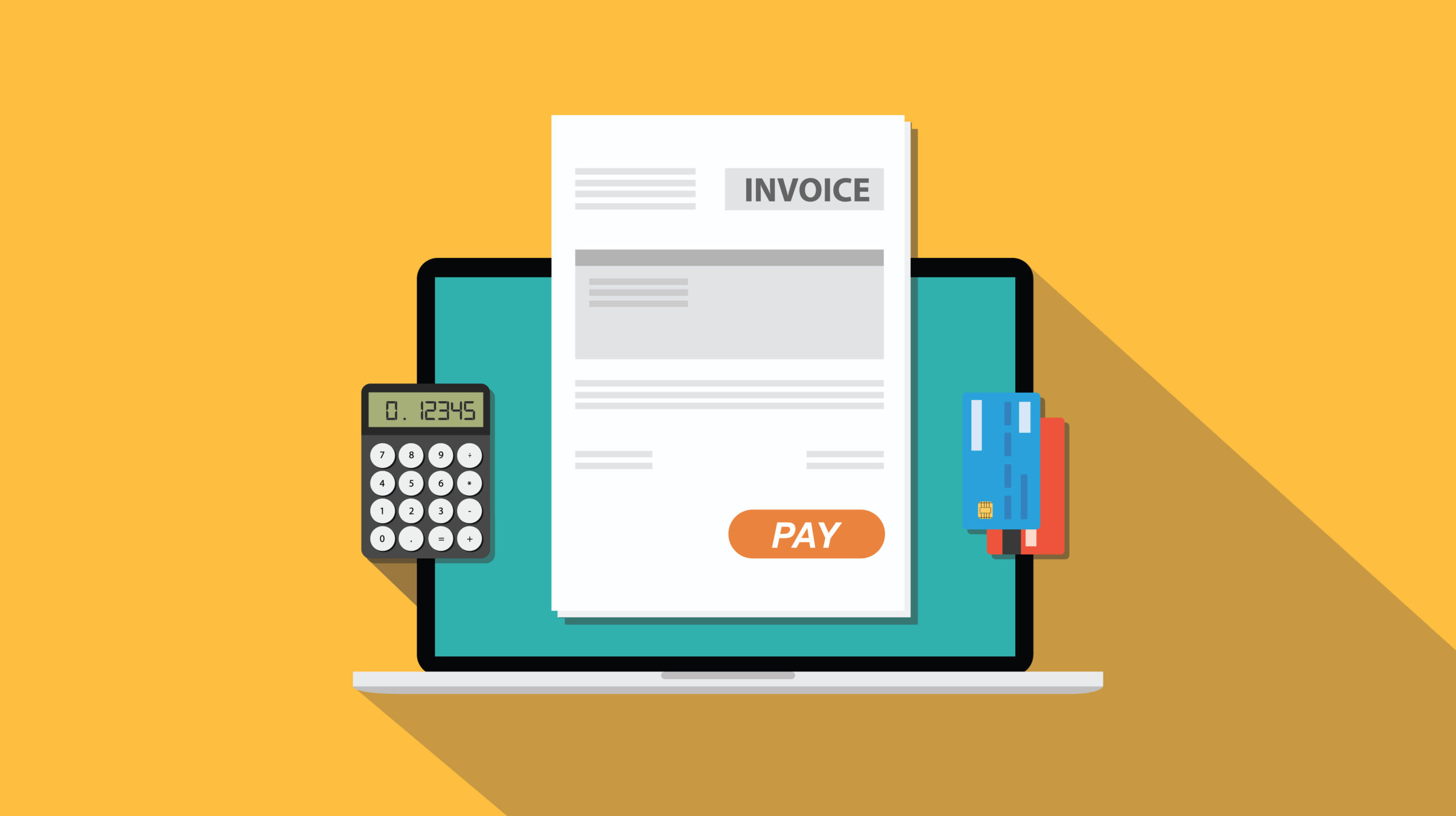Introduction:
Efficient fee management is a crucial aspect of running educational institutions smoothly. With diverse fee structures, multiple payment deadlines, and growing student numbers, managing finances can become a complex task. Fee Management Systems, including Student Fee Management System and Fee Management Software, have emerged as indispensable tools to ensure timely payments and streamline financial processes within educational institutions. In this article, we will explore best practices for managing fees effectively with these systems.
The Complexity of Fee Management:
Educational institutions, from schools to universities, depend on timely fee collections to sustain their operations. Manual fee management processes can be prone to errors, time-consuming, and challenging to track accurately. Fee Management Systems offer a solution to these challenges by automating fee-related tasks and providing financial clarity.
Understanding Fee Management Systems:
Fee Management Systems, designed for educational institutions, are comprehensive software solutions that facilitate fee collection, tracking, reporting, and communication. These systems cater to the unique needs of educational institutions and offer a range of functionalities to enhance fee management.
Best Practices with Fee Management Systems:
- Automate Fee Collection:
Utilize the automation capabilities of Fee Management Systems to collect fees online, reducing the reliance on manual payment processing. This not only saves time but also minimizes errors in fee calculation. - Provide Multiple Payment Options:
Offer students and parents a variety of payment options, including online payments, payment gateways, and mobile apps. Providing convenience in fee submission encourages timely payments. - Set Clear Payment Deadlines:
Clearly communicate payment deadlines to students and parents through automated reminders and notifications. Setting and adhering to strict payment deadlines can significantly reduce the instances of late payments. - Transparency and Accessibility:
Ensure that students and parents can access their fee records, view invoices, and track payment histories in real-time. Transparency builds trust and empowers stakeholders to take control of their financial obligations. - Detailed Financial Reporting:
Leverage the robust reporting capabilities of Fee Management Systems to generate comprehensive financial reports. These reports allow educational institutions to analyze their financial health, track fee collections, and plan budgets effectively. - Customization for Unique Needs:
Customize the system to align with the specific fee structures and requirements of your educational institution. Flexibility in system configuration ensures that the software meets your institution’s unique needs. - Security Measures:
Prioritize the security of financial data and transactions. Choose Fee Management Systems that offer robust security features to protect sensitive information. - Integration with Accounting Software:
Opt for systems that seamlessly integrate with accounting software to streamline financial management and reporting.
Benefits of Implementing Best Practices:
Implementing best practices with Fee Management Systems offers several benefits:
- Efficiency: Automation reduces manual workload and increases efficiency in fee management.
- Timely Payments: Clear communication and multiple payment options encourage students and parents to submit fees on time.
- Transparency: Real-time access to fee records builds trust and transparency.
- Accurate Financial Reporting: Detailed reports help educational institutions make informed financial decisions.
Conclusion:
Efficient fee management is essential for the smooth operation of educational institutions. Fee Management Systems, including Student Fee Management Systems and Fee Management Software, are powerful tools that offer automation, convenience, and transparency in fee collection and financial management. By adopting best practices with these systems, educational institutions can ensure timely payments, streamline their financial processes, and focus on their core mission of providing quality education.













